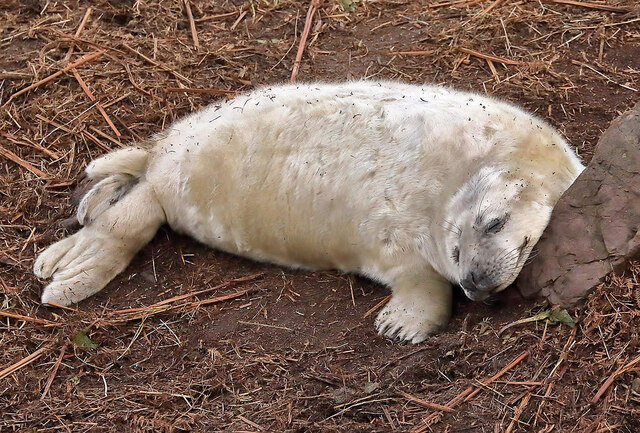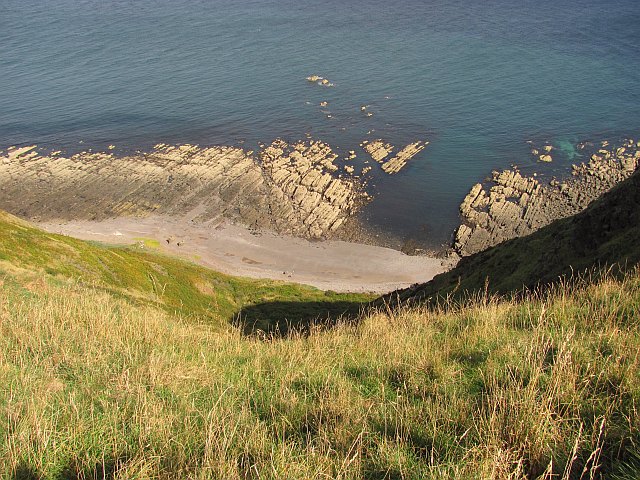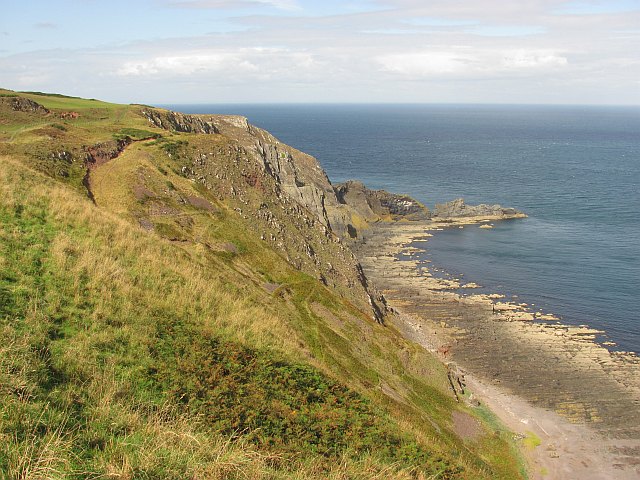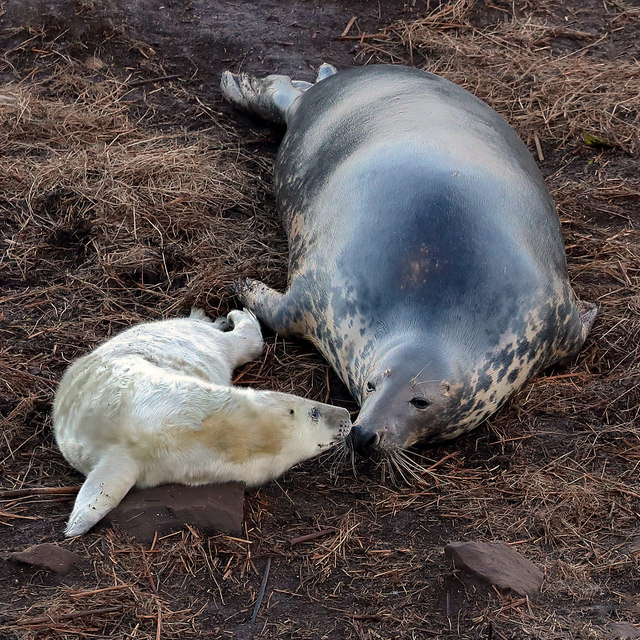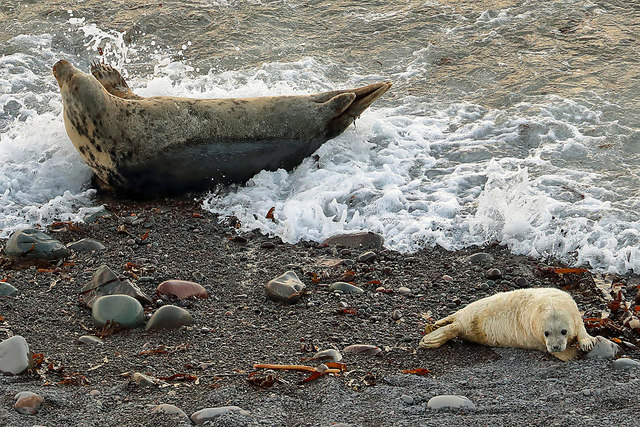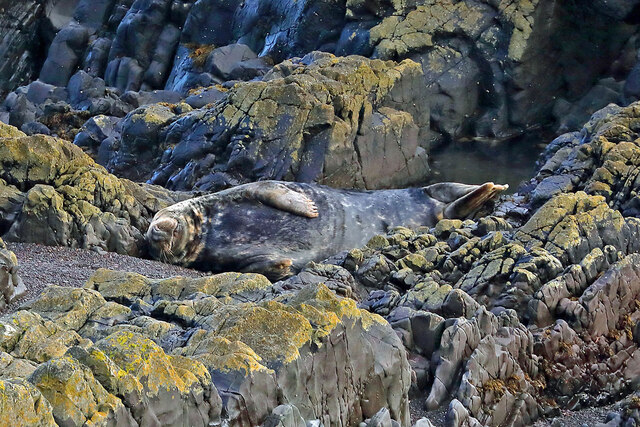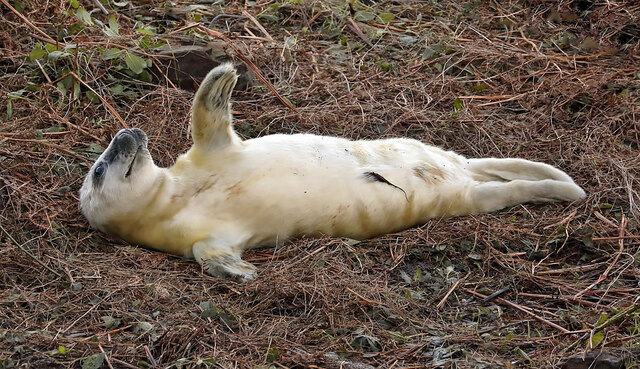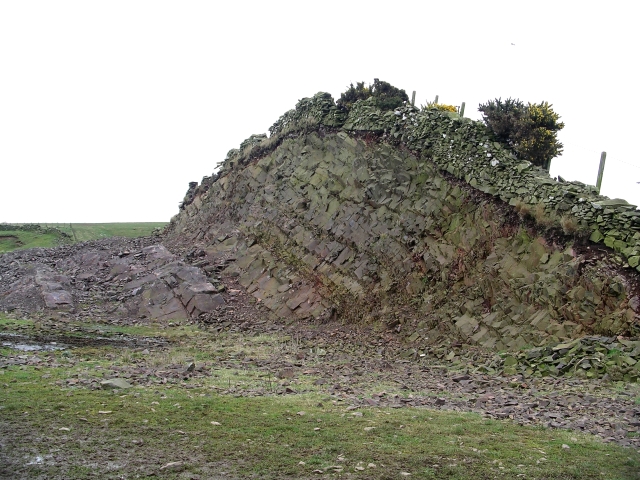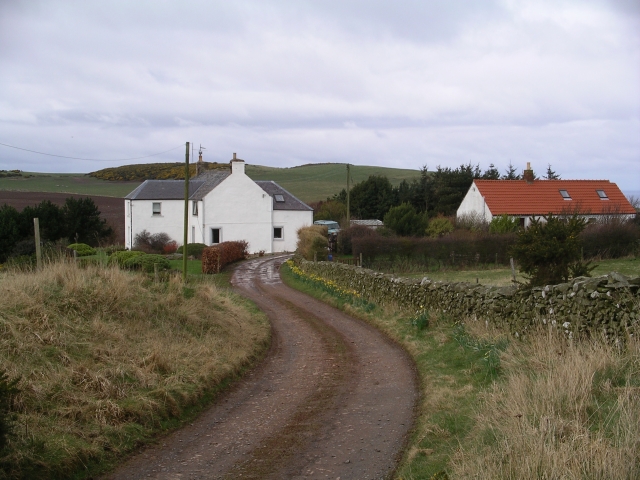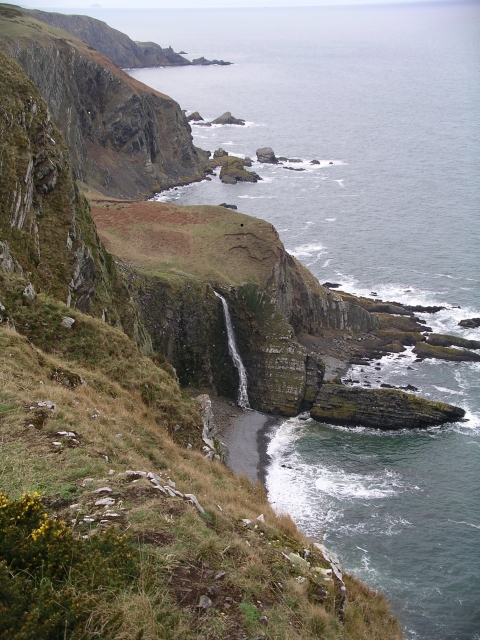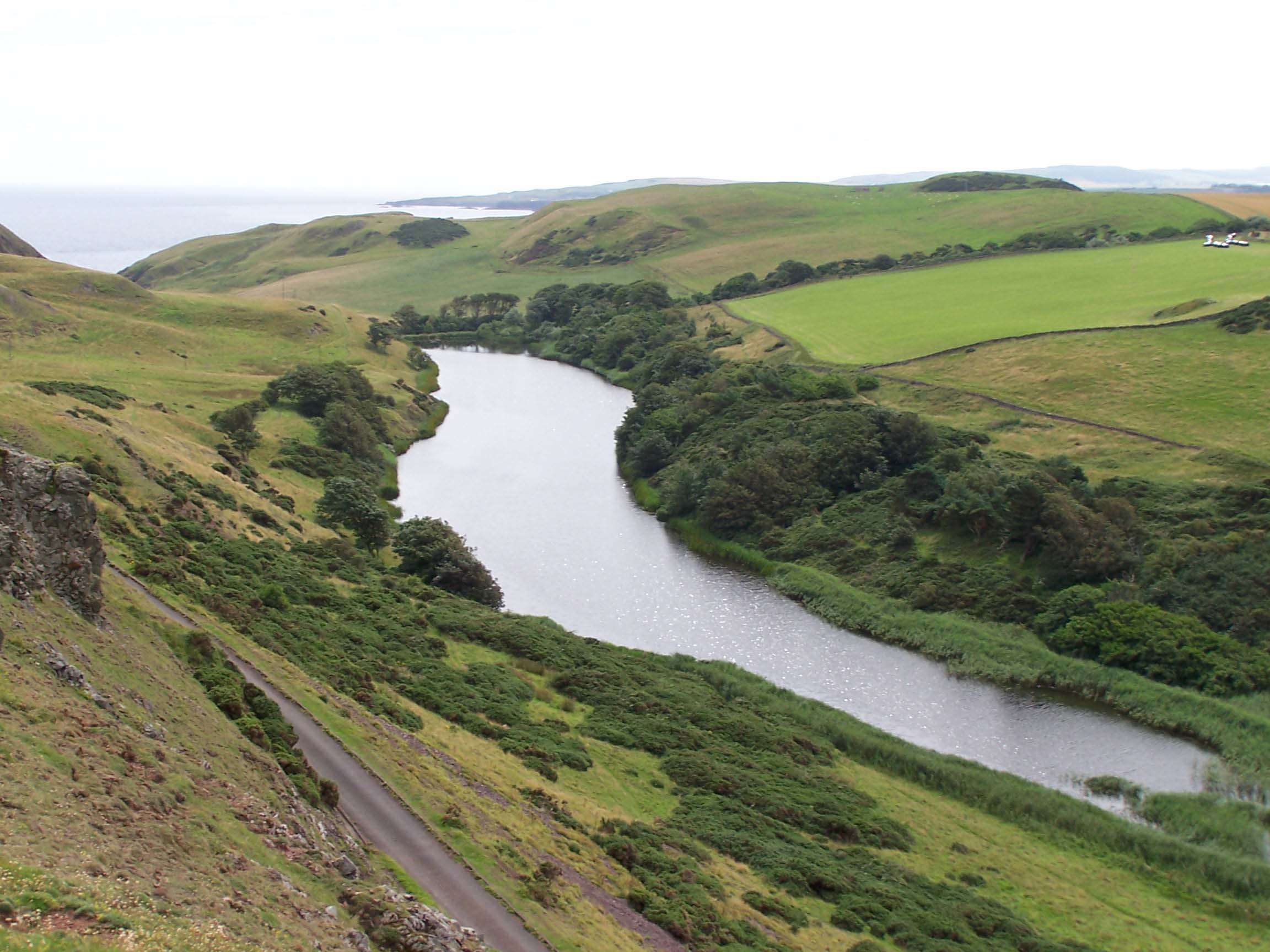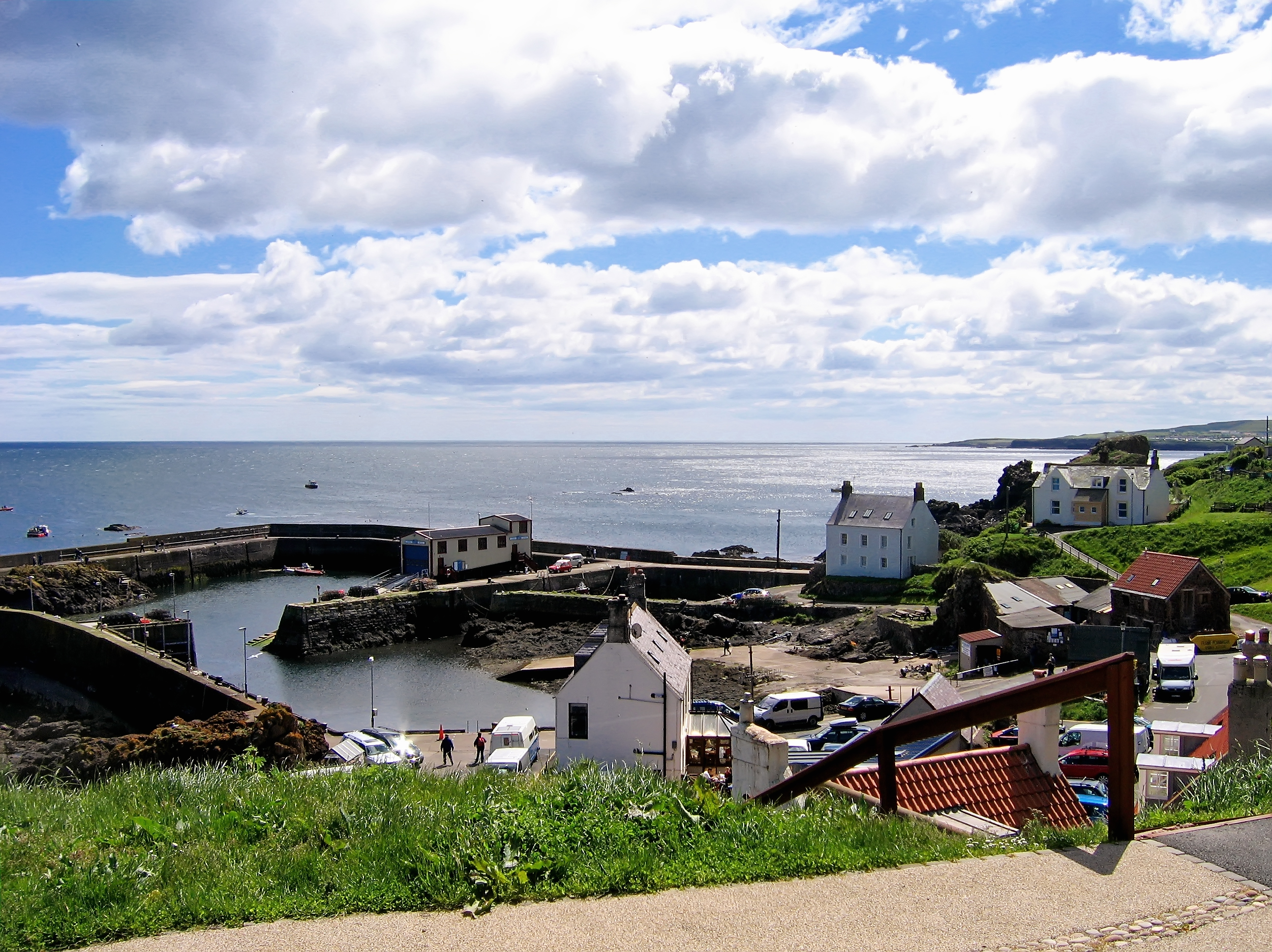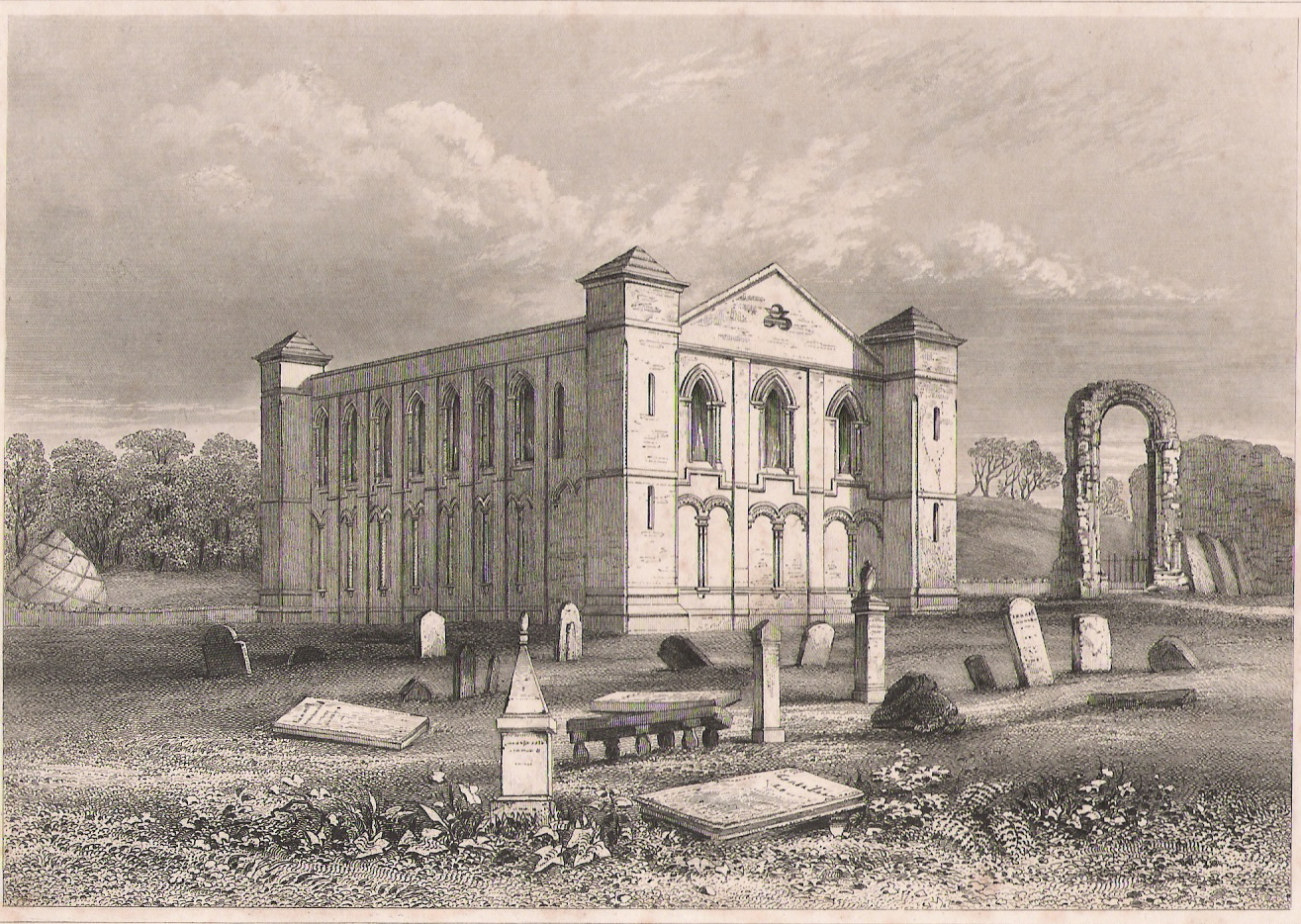Black Rock
Island in Berwickshire
Scotland
Black Rock
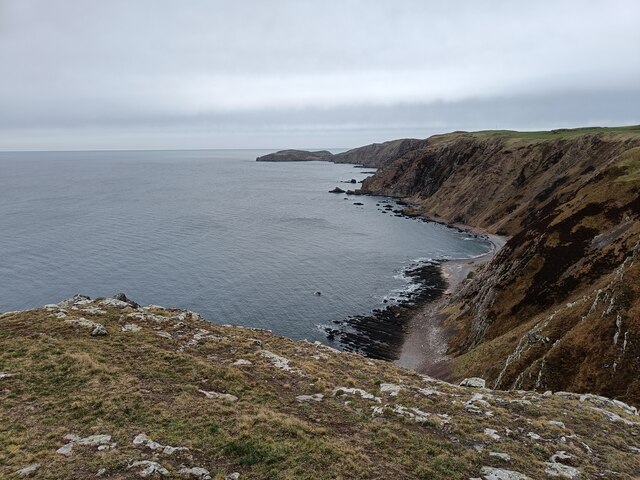
Black Rock is a small island located off the coast of Berwickshire in southeastern Scotland. Situated approximately 1.5 kilometers from the mainland, it lies within the North Sea. The island is roughly 400 meters long and 200 meters wide, with an overall area of about 3 hectares.
Black Rock is characterized by its rugged and rocky terrain, with steep cliffs rising from the surrounding sea. The island is devoid of vegetation, primarily consisting of bare rock surfaces. Its exposed location makes it vulnerable to harsh weather conditions and strong currents.
The island is home to a diverse range of seabird species, including gulls, guillemots, and cormorants. These birds are attracted to the island's cliffs, which provide ideal nesting sites. The surrounding waters are also known to support a variety of marine life, including seals and dolphins.
Black Rock has historical significance, with evidence of human presence dating back to the Neolithic period. It is believed that the island was used as a lookout point and defensive position due to its strategic location. Today, the island is uninhabited and inaccessible to the public, serving as a protected nature reserve.
The island's isolation and natural beauty make it a popular spot for birdwatching and wildlife enthusiasts. It can be observed from the mainland, offering breathtaking views and a glimpse into the area's rich natural heritage.
If you have any feedback on the listing, please let us know in the comments section below.
Black Rock Images
Images are sourced within 2km of 55.917156/-2.1722869 or Grid Reference NT8969. Thanks to Geograph Open Source API. All images are credited.
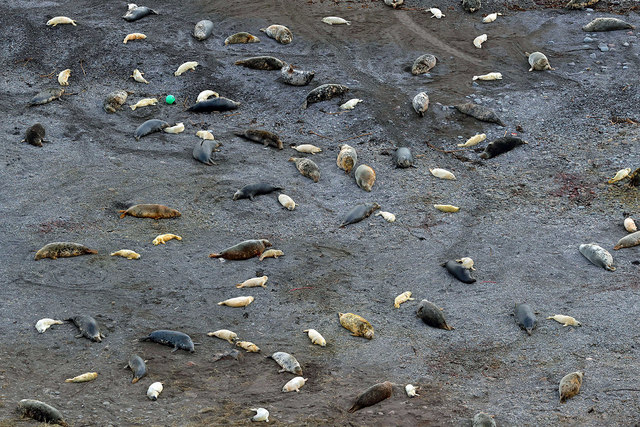
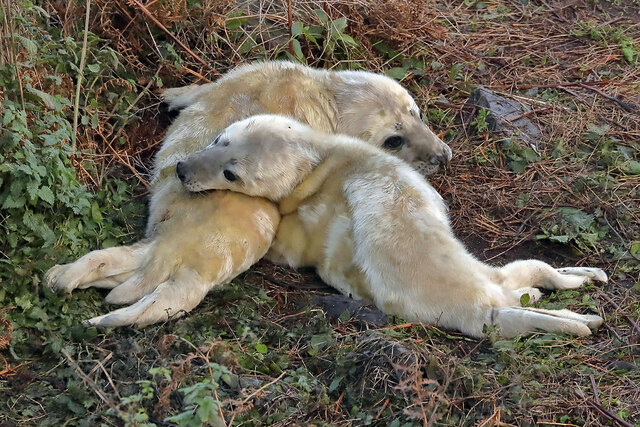
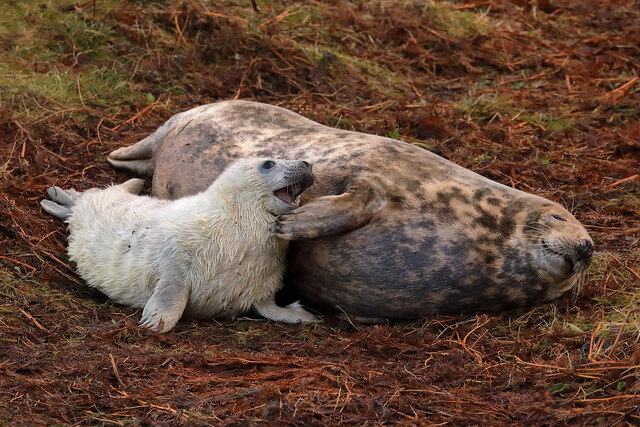
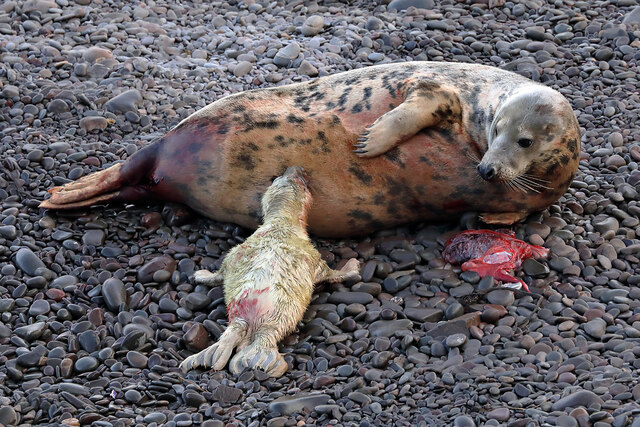
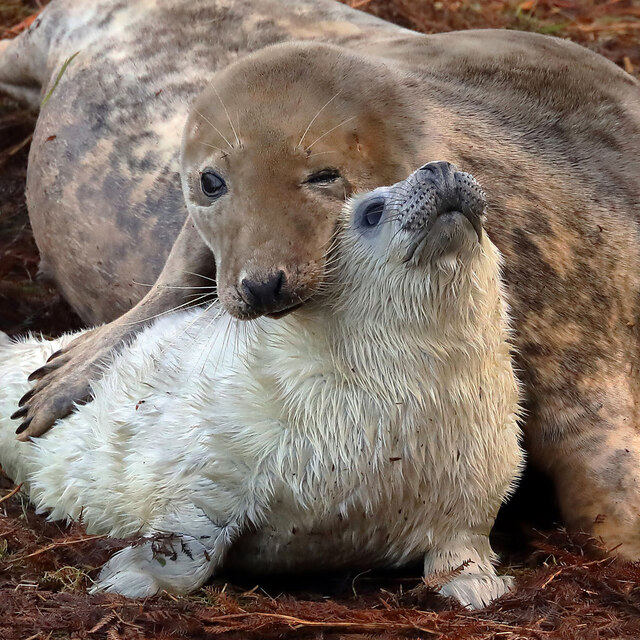
Black Rock is located at Grid Ref: NT8969 (Lat: 55.917156, Lng: -2.1722869)
Unitary Authority: The Scottish Borders
Police Authority: The Lothians and Scottish Borders
What 3 Words
///coiling.caressed.segments. Near Eyemouth, Scottish Borders
Nearby Locations
Related Wikis
Coldingham Loch
Coldingham Loch is a freshwater loch in the parish of Coldingham, in the Scottish Borders area of Scotland, in the former Berwickshire, between Coldingham...
Mire Loch
Mire Loch is a man made freshwater loch situated on St Abb's Head in the Scottish Borders, just over a kilometre NW of the village of St. Abbs at grid...
St Abb's Head Lighthouse
St Abb's Head Lighthouse stands on the cliffs at the rocky promontory of St Abb's Head, near the village of St Abbs in Berwickshire. A signal station was...
St Abb's Head
St Abb's Head is a rocky promontory by the village of St Abbs in Scottish Borders, Scotland, and a national nature reserve administered by the National...
St. Abbs and Eyemouth Voluntary Marine Reserve
St. Abbs and Eyemouth Voluntary Marine Reserve is a Voluntary Marine Reserve—the first established in the United Kingdom. Located in the Scottish Borders...
St Abbs
St Abbs is a small fishing village on the southeastern coast of Scotland, within the Coldingham parish of Scottish Borders. The village was originally...
St Abbs Lifeboat Station
St Abbs Lifeboat is an independent marine-rescue facility in St Abbs, Berwickshire, Scotland. == Independent lifeboat == St Abbs Lifeboat is run as an...
Coldingham Priory
Coldingham Priory was a house of Benedictine monks. It lies on the south-east coast of Scotland, in the village of Coldingham, Berwickshire. Coldingham...
Nearby Amenities
Located within 500m of 55.917156,-2.1722869Have you been to Black Rock?
Leave your review of Black Rock below (or comments, questions and feedback).
